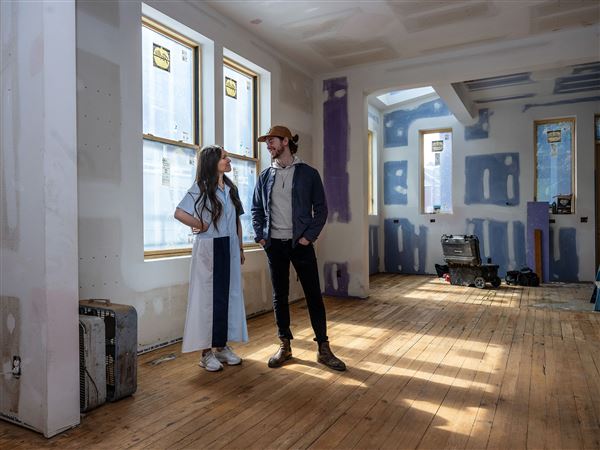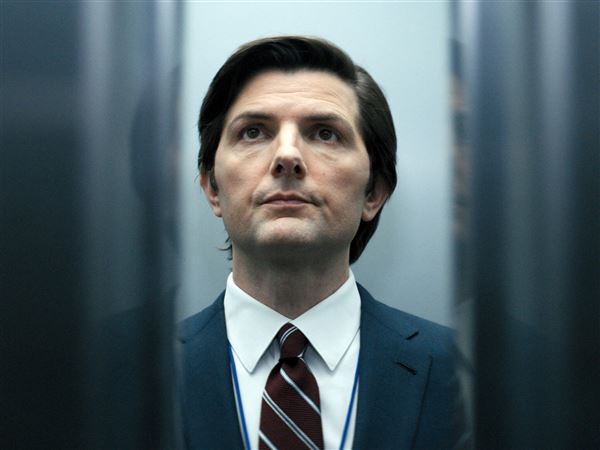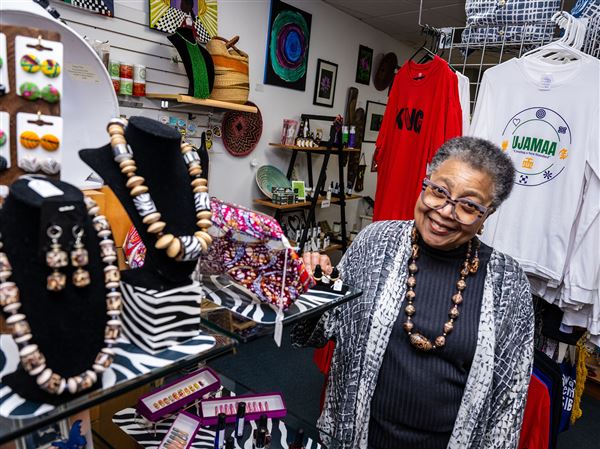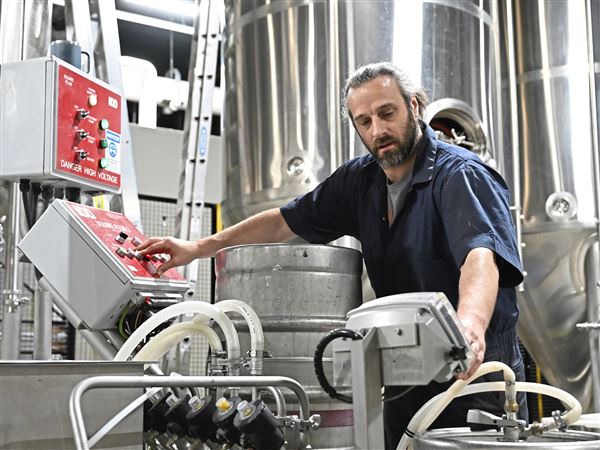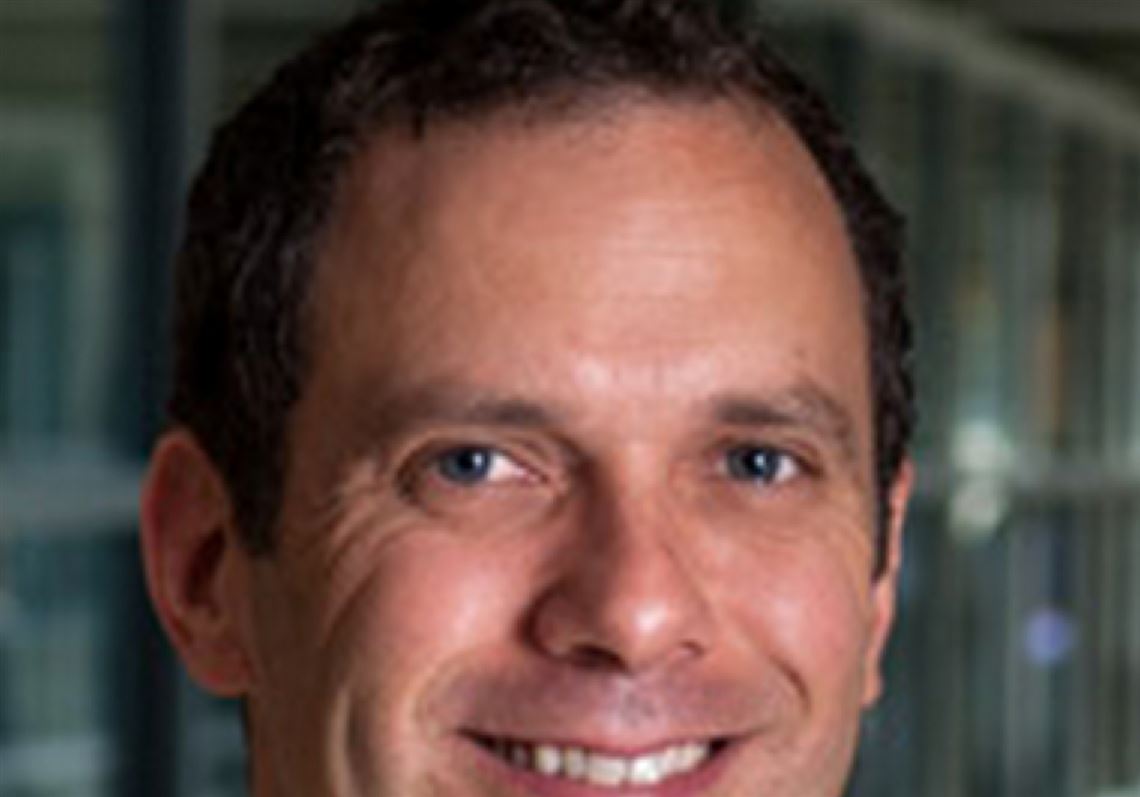The world long has used batteries to start cars and power toys, electronic devices and flashlights. But nowadays batteries are central to daily life as a power source for computer devices, mobile phones, life-saving medical devices and electric cars.
Advances in battery technology are necessary, with a Carnegie Mellon University spinoff company already generating storage technology for solar and wind power, given the fact the sun isn’t always shining and the wind isn’t always blowing.
Growing demand for — and the technological race to create — cheap, reliable, safe battery technology is the focus of the one-hour “Search for the Super Battery,” an entertaining, informative and wholly understandable “NOVA” edition airing at 9 p.m. Wednesday on WQED-TV.
“Even though there have been some improvements in the last century,” states the show’s preview, “batteries remain finicky, bulky, expensive, toxic and maddeningly short-lived.”
Host David Pogue, his personality fully engaged, walks the viewer through the science of how batteries work, returning to that theme time and again to explain variations in design to create cheaper, safer, longer-lasting batteries and energy-storage systems.
“The central problem with today’s battery technology is that the chemicals are nasty, explosive, toxic, expensive and unpleasant to deal with,” Mr. Pogue said on Monday. “One takeaway from the show is that batteries are key to the future of electric cars and renewable energies and quietly being developed in labs all over the world. It’s one of the hottest things going” in research.
CMU already has made advances in battery technology by focusing on simple, cost-effective means to produce a power-grid electrical storage system for renewable energy suppliers.
Mr. Pogue interviews Jay F. Whitacre, a CMU engineering and public policy professor, about his spinoff company Aquion Energy, which employs more than 100 people at the former Sony plant near New Stanton, Westmoreland County.
The safe batteries (made with saltwater electrolytes) “stack like Legos” and store power long-term while being produced from cheap, abundant, nontoxic materials with plenty of other innovations to reduce costs and improve their power-storage efficiency.
“We had a significant increase in production last year to this year and foresee an increase this year,” said Mr. Whitacre said, who holds a Ph.D. in material science and engineering. The company, still in its infancy, produced 15 to 20 megawatts of storage capacity last year, enough to provide electrical power to up to 2,400 homes, according to the Solar Energy Industries Association.
“It’s a real honor for me and my company” to be on NOVA, he said. “I grew up watching it, and now I’ll have my 10 minutes of fame.”
Mr. Pogue said one of the most fascinating discoveries is a battery made of plastics that can use lithium metal rather than a traditional lithium ion to produce longer-lasting, safe power. The show, which features many battery explosions, includes Mr. Pogue stabbing the plastic battery with a pen and cutting it up with scissors.
“People might think battery technology is boring but it’s rather thrilling,” he said, noting encouragement to the Twitter response to the show’s potential to attract a good audience.
David Templeton: dtempleton@post-gazette.com or 412-263-1578.
First Published: January 31, 2017, 5:00 a.m.
